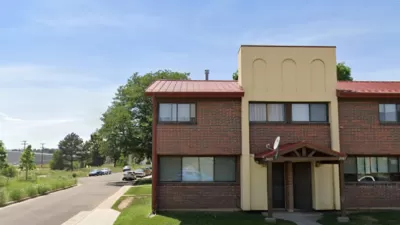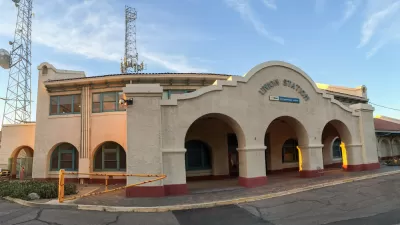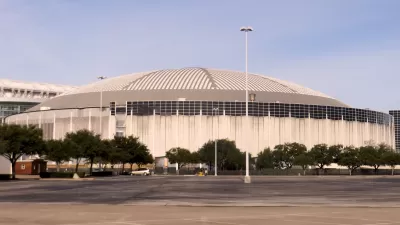Eric Jaffe looks to a new study published in the Journal of Urbanism comparing the triumphs and failures of new baseball fields in Denver and Phoenix for lessons on how to build a successful downtown stadium.
A new study by Arizona State researchers Stephen Buckman and Elizabeth A. Mack analyses the reasons why Coors Field, which opened in downtown Denver in 1995, hit a home run with the local economy and downtown redevelopment, while Chase Field, which opened in downtown Phoenix in 1998, struck out, despite being modeled on Coors.
According to Jaffe, "That Coors and Chase Fields had diverging fates is no accident but rather the result of poor planning...Phoenix's attempt to copy Denver's success shows that sports stadiums are not a one-size-fits-all solution to downtown redevelopment efforts."
Buckman and Mack's study demonstrates that historic growth patterns of the city and the existing population density in proximity to the stadium location were important factors in determining each stadium's success.
As Jaffe notes, "The lesson for other cities considering a downtown stadium, the authors conclude, is to understand beforehand whether or not the mega-structure fits the urban form, and if it doesn't, to design a development plan that enhances whatever impact it might have on its own."
FULL STORY: How to Build a Successful Downtown Stadium

Alabama: Trump Terminates Settlements for Black Communities Harmed By Raw Sewage
Trump deemed the landmark civil rights agreement “illegal DEI and environmental justice policy.”

Study: Maui’s Plan to Convert Vacation Rentals to Long-Term Housing Could Cause Nearly $1 Billion Economic Loss
The plan would reduce visitor accommodation by 25% resulting in 1,900 jobs lost.

Planetizen Federal Action Tracker
A weekly monitor of how Trump’s orders and actions are impacting planners and planning in America.

Wind Energy on the Rise Despite Federal Policy Reversal
The Trump administration is revoking federal support for renewable energy, but demand for new projects continues unabated.

Passengers Flock to Caltrain After Electrification
The new electric trains are running faster and more reliably, leading to strong ridership growth on the Bay Area rail system.

Texas Churches Rally Behind ‘Yes in God’s Back Yard’ Legislation
Religious leaders want the state to reduce zoning regulations to streamline leasing church-owned land to housing developers.
Urban Design for Planners 1: Software Tools
This six-course series explores essential urban design concepts using open source software and equips planners with the tools they need to participate fully in the urban design process.
Planning for Universal Design
Learn the tools for implementing Universal Design in planning regulations.
Caltrans
Smith Gee Studio
Institute for Housing and Urban Development Studies (IHS)
City of Grandview
Harvard GSD Executive Education
Toledo-Lucas County Plan Commissions
Salt Lake City
NYU Wagner Graduate School of Public Service





























